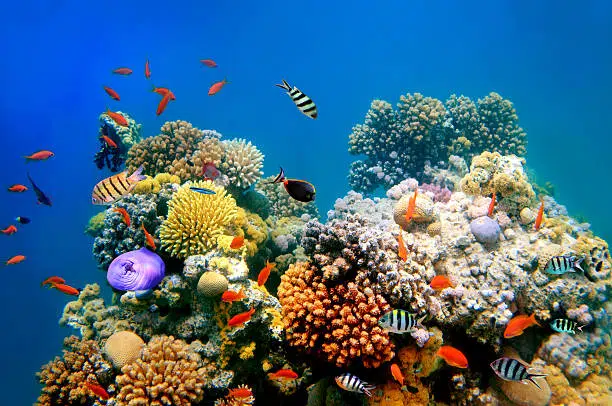The world is moving unbelievably fast with time, and people are searching for traces of life on other planets. But, have you ever wondered How Many Animals Are In The World?
This question arises in many people’s minds when they see some astonishing animal; how many animals are in the world that humans have not explored yet.
Of course, scientists have made many discoveries over time, but there is a fair chance that some mysteries are still undiscovered and many wonderful creatures are yet to be found.
Diving into the world of exploring not only excites you but unlocks many doors to new and exciting pieces of information. Animals are the most astonishing beings who can amaze science in various ways.
Up to this point, science can only provide estimations, and the sums vary substantially.
Camilo Mora, a marine ecologist at the University of Hawaii, and his associates at Dalhousie University in Halifax, Canada, calculated the number of species on Earth using a new scaling method.
The number of species in just the animal kingdom is estimated to range from 1 to 2 million, however, some sources place the number as high as 50 million.
Here, we will discuss how many animals in the world have been found. So, without further ado, let’s get into the details.
How Many Animals Are In The World: Estimation
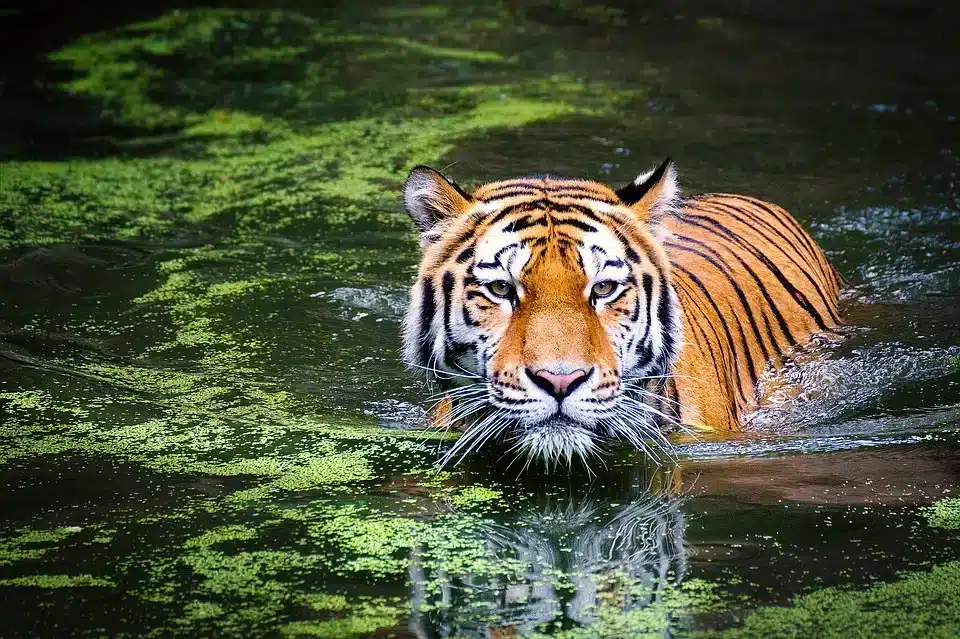
When talking about how many animals are in the world, we can only talk about the estimation via various calculations. However, it is quite understandable that this number cannot be 100% accurate.
The most accurate estimate of the total number of species on Earth includes 6.5 million species found on land and 2.2 million that live in the ocean’s depths.
This figure reduces the range of earlier estimates and is based on a proven analytical technique. Up until recently, it was believed that there were between 3 million and 100 million species on Earth.
Types Of Animals In The World

There are millions of different animal species, and as scientists learn new facts, the number of species is constantly changing. Animals make up over 75% of all species on Earth and fall into two categories: vertebrates and invertebrates.
Invertebrates are animals lacking a backbone, and vertebrates are those with a backbone. Most invertebrates are in the phylum Arthropoda, whereas vertebrates are in the phylum Chordata.
If we classify further how many animals are in the world, we can divide invertebrates and vertebrates into six categories:
1. Mammals
A fact worth noting is that humans belong to the category of mammals, which are vertebrate animals.
Mammary glands, which in females generate milk for nourishing their young, a neocortex, fur or hair, and three middle ear bones are characteristics of the group of vertebrates known as mammals, which make up the class Mammalia.
One of the most successful groupings of vertebrate animals is the mammalian genus. They are a diversified collection of creatures with between 5,000 and 5,500 species that have evolved to survive in a wide range of habitats.
Mammals differ from other vertebrate creatures in several distinctive ways. Mammals can survive in cold areas thanks to the insulating effects of their body hair.
Despite some living in freshwater and ocean settings, most mammal species are found on land. Great part of How Many Animals Are In The World.
2. Reptiles
Reptiles are air-breathing animals with distinctive skin comprises scales, bony plates, or some combination thereof. They all produce eggs that distinguish them from other cold-blooded species.
With snakes being the exception, they all have backbones, and most have four legs.
Reptiles frequently shed the outer layer of their scaly skin. Reptiles differ from birds and mammals in that they do not maintain a constant internal body temperature.
They cannot stay warm on a cool day without fur or feathers, and they cannot cool themselves on a warm day without sweat glands or the ability to pant.
According to conventional wisdom, the oldest reptile, which resembled modern lizards, existed approximately 315 million years ago.
3. Amphibians
Amphibians are cold-blooded, water-dependent animals that spend life on both land and in the water. While other animals can only exist on land or in water, amphibians have the special capacity to survive in both environments.
These creatures are born with gills, which may be lost as they mature or kept throughout their lives.
Most amphibians have four legs, and experts think that since they evolved from lobe-finned fish, it’s probably why they still need a moist environment.
The amphibian is cold-blooded, which means it regulates its body temperature following the ambient temperature, just like reptiles. Every single amphibian has a backbone, starting as cartilage but changes as the rest of their organs do.
Most amphibians also have pedicellate (two-part) teeth, a double-channel hearing system, and cells in their retinas that allow them to distinguish between colors.
4. Fish
“Fish” refers to a broadly diverse group of aquatic creatures. Fish species total roughly the same as all other vertebrate species put together. It is anticipated that there are even more species of fish than there are of other vertebrates.
Fish are aquatic vertebrates lacking limbs with digits like fingers or toes but have gills. Given how many species have been classified as fish, it is possible that they may be found in various habitats and come in a wide range of sizes and shapes.
Some fish are venomous, others are parasitic, some are blind, and some are even able to generate electricity. It would be difficult to define a definition encompassing all fishes because of their incredible diversity.
Fish come in various sizes and shapes and can be found in various settings, depending upon how many species have been identified as fish.
5. Invertebrate
An animal with many cells and no backbone is called an invertebrate. Invertebrates account for more than 95% of all animal species worldwide. They can survive in different environments depending on how they live and reproduce.
Every environment on earth, from the oceans and rainforests to the deserts and polar regions, has invertebrates.
Not only do invertebrates inhabit practically every part of the planet, but they also come in various sizes. From microscopic organisms that can only be seen under a microscope to huge squids that are 60 feet long.
One and a half million invertebrate species have been identified so far. But scientists estimate that up to 30 million invertebrate species may still be found. A worthy contender for How Many Animals Are In The World.
6. Birds
Birds are vertebrates since they have wings and feathers. The easiest way to differentiate between birds and the rest of the animals is their wings.
Penguins and other birds can survive easily on land and water like ducks, but cannot breathe in water and, instead, only swim on the surface.
All birds have wings or flippers that they can use to swim, display their threats, or perform mating dances.
The common characteristics of all birds include having feathers, toothless beaks, hard-shelled eggs, and wings that vary in degree of development according to the species.
Birds have a lighter skeletal system than most other vertebrates, packed with air sacs, hollows, and gaps to keep them light and enhance their ability to fly.
How Many Mammals Are In The World?
Since new species are being discovered more quickly than you might think, it is challenging to keep track of all recognized animal species.
From 4,631 species in 1993 to 5,416 in 2005, and now to 6,495 species, there are more identified mammal species than ever before. The current study records a long-term global rate of 25 species being recognized annually.
Types Of Mammals In The World
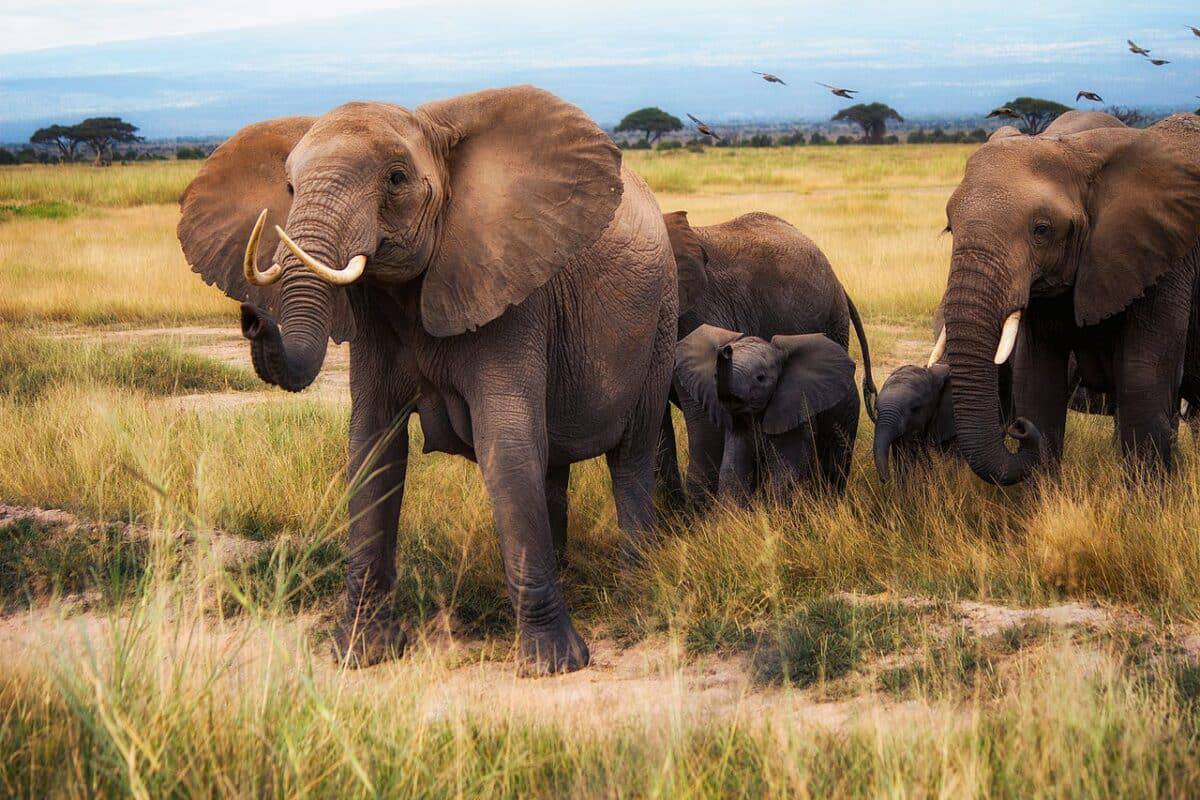
Biological studies suggest that mammals were modest in size before the dinosaurs’ extinction. Biologists have several biological divisions and disagreements on the various sorts of mammals.
There are three main categories of the most well-known mammal species:
- Placental Mammals: These mammals make up the largest overall proportion of mammals.
Sheep, cattle, horses, and our pets, are among this species of mammals. There are around 4,000 species of placental mammals globally.
- Monotremes Mammals: We refer to primitive egg-laying mammals as monotremes.
These are both extinct species of mammals and those still existing today. Mammals’ young consume their mother’s milk. Five living monotreme species exist, all found only in Australia and New Guinea.
- Marsupial Mammals: These mammals birth immature offspring that grow in a pouch on the mother’s belly. There are more than 250 different types of marsupial mammals breathing around the world.
How Many Reptiles Are In The World?
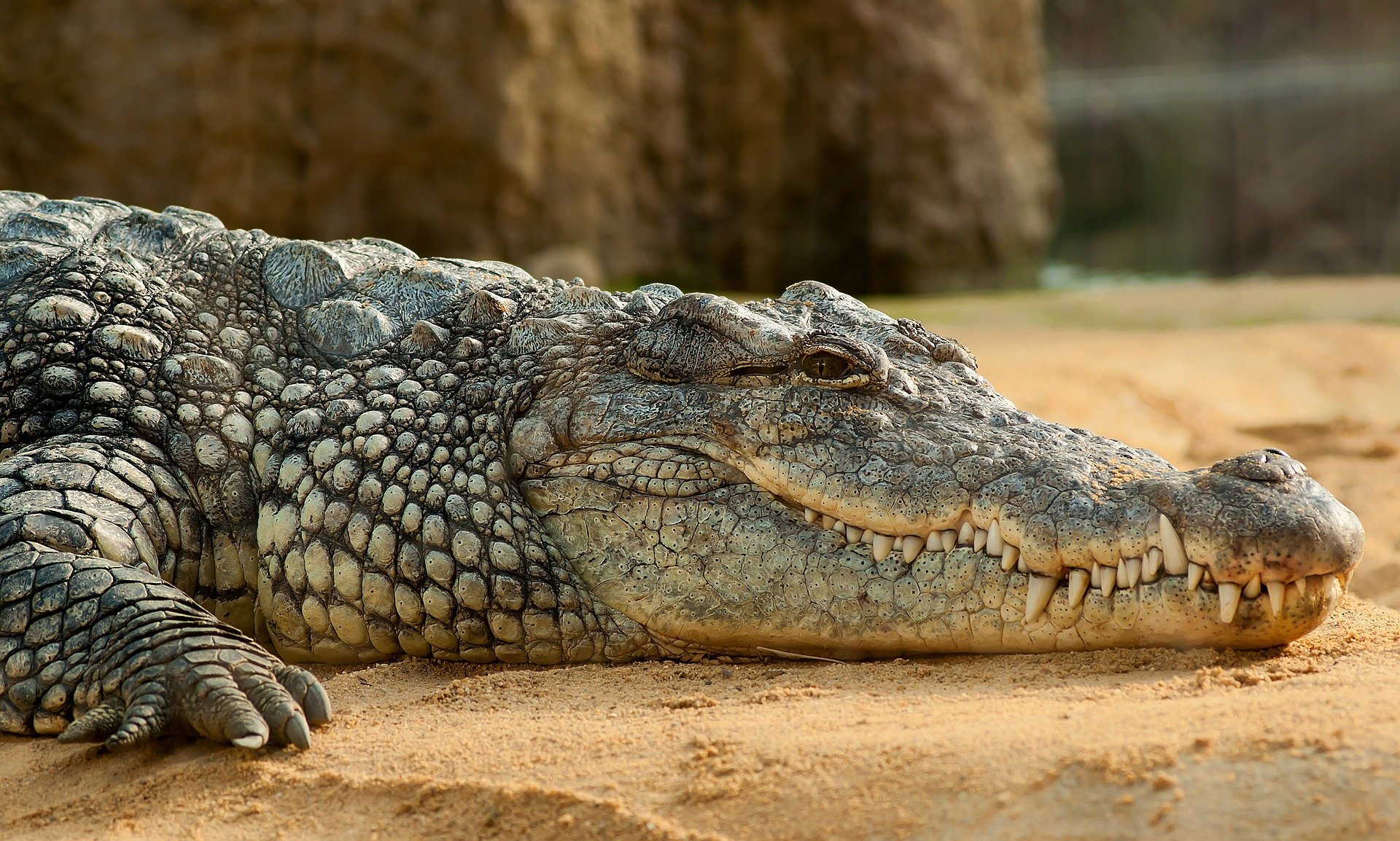
Reptiles are among the most diverse vertebrate groups on the planet. The Reptile Database has over 10,700 extant species recorded. Only birds and fish have more species than reptiles.
Types Of Reptiles In The World
There are between 7,500 and 8,000 total reptile species, with lizards and snakes accounting for the vast majority. Crocodilia, Squamata, Sphenodonita, and Testudines are the four major reptile groups.
- Crocodilia: Crocodilia is an order of semiaquatic reptiles that are mostly large and predatory. These are one of the world’s largest carnivorous predator species and include all modern alligators, crocodiles, caimans, and gharials.
They have strong jaws allowing for a powerful bite and more advanced brains and higher intelligence than other reptiles. There are 24 known crocodilian species that are grouped into three families: Alligatoridae, Crocodylidae, and Gavialidae.
- Rhynchocephalia: This ancient group of reptiles has only one surviving member: the Tuatara. About 250 million years ago, the lineage split from lizards and snakes.
Despite its lizard-like appearance, this order shares fundamental morphological traits with crocodiles and dinosaurs. There are an estimated 55,500 tuataras in New Zealand.
- Squamata: The youngest reptile order is known as Squamata. It includes all known lizards, snakes, geckos, skinks, and most reptile species.
These species crawl and creep on their abdomens. Some of these species use their venom to counteract their prey’s defenses. There are approximately 3,750 lizard and 3,000 snake species.
- Testudines: Testudines includes all turtle species. Their most distinguishing feature is their hard cartilage-based shell, which extends from the ribs and acts as a protective shield.
Furthermore, Testudines comprise about 250 different species.
How Many Amphibians Are In The World?
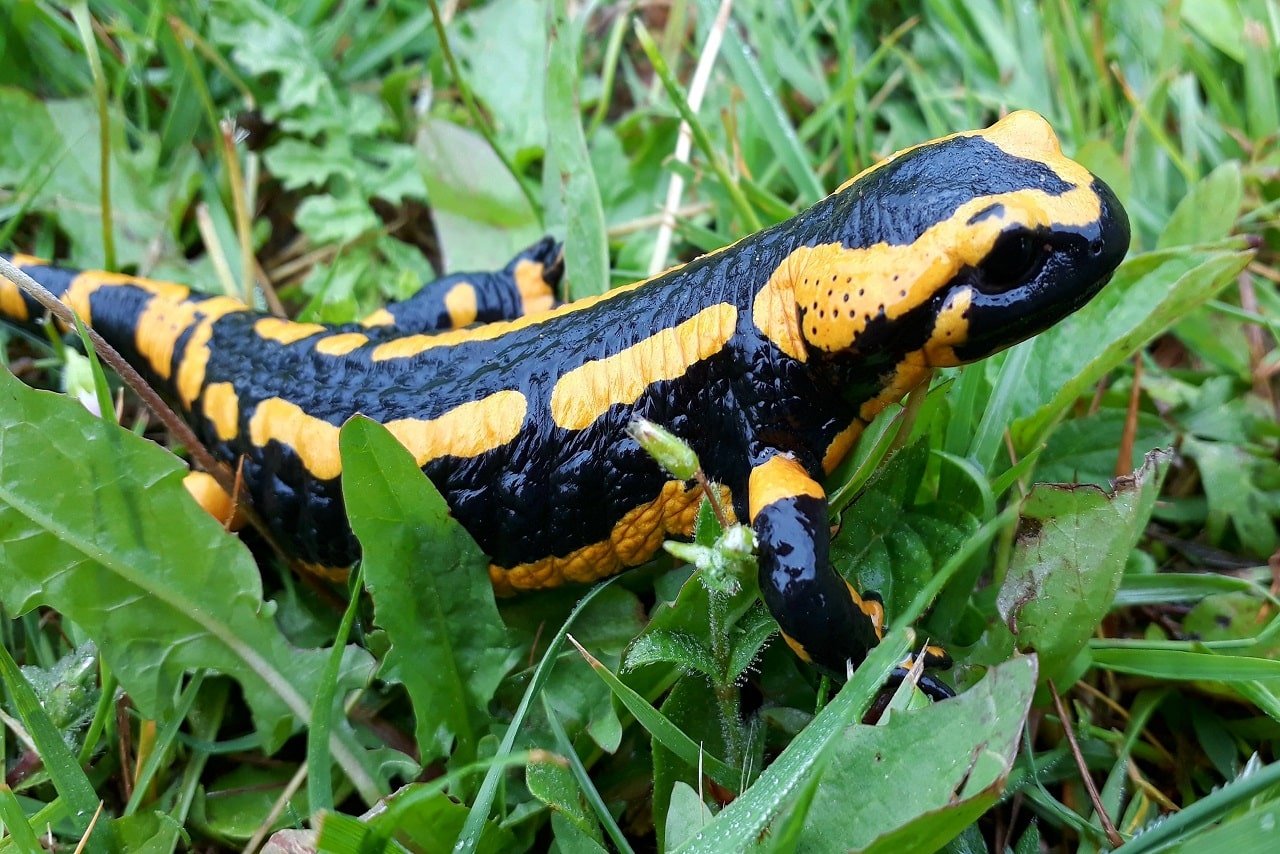
The AmphibiaWeb database currently contains more than 8,000 amphibian species, including 7,495 frogs and toads, 773 salamanders and newts, and 215 caecilians.
Every year, new species are discovered, and the total number of species is increasing.
Types Of Amphibians In The World
There are three types of amphibians in the world: Frogs, Salamanders, and Caecilians.
- Frogs: Frogs are cold-blooded amphibians with no scales on their backbones. Existing in various sizes and colors, these amphibians are found on every continent except Antarctica in various habitats.
Over 5,000 species of frogs are known to science, and scientists are constantly discovering new ones.
- Salamanders: Salamanders are amphibians that resemble a cross between a frog and a lizard. They are members of the order Caudata, from the Amphibia class.
There are more than 650 recognized living salamander species, and many aspects of their diversity, biology, and behavior are fascinating.
- Caecilians: Caecilians are available in various colors, with some being two-toned. Some of these species’ eyes are completely covered by skin, which is an adaptation to nearly entirely underground life. There are around 200 caecilian species known to science.
How Many Fish Are In The World?
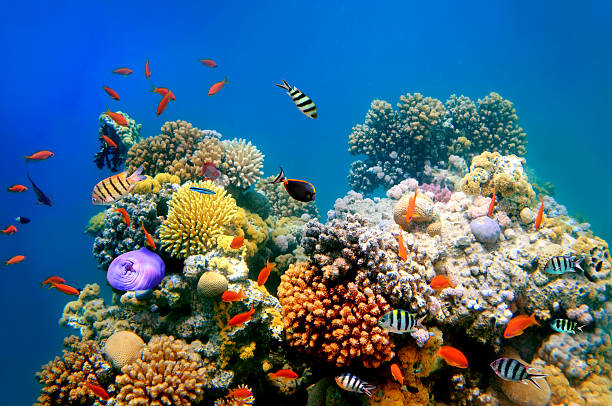
Fish are aquatic creatures that lack digitized limbs, like fingers and toes, but have gills. There are approximately 34,800 species of fish worldwide, which is more than the combined number of all other vertebrate species.
Types Of Fish In The World
Fish can be found almost anywhere in bodies of water, from the deepest trenches in the ocean to mountain streams at high altitudes. Existing fish species are classified into three groups: Agnatha (jawless fish), Osteichthyes (bony fish), and Chondrichthyes (cartilaginous).
- Agnatha: The most primitive group of extant vertebrates, consisting of jawless fishes. The first fossil agnathans appeared in the Cambrian period, and two groups still exist today: lampreys and hagfish, with a total of about 120 species.
- Osteichthyes: These include all bony fishes that share several characteristics. This group has the most living species of any scientific class of vertebrates, with over 28,000 species.
- Chondrichthyes: Sharks, batoids (rays and skates), and chimeras. There are 1,282 chondrichthyan species present worldwide.
How Many Invertebrates Are In The World?
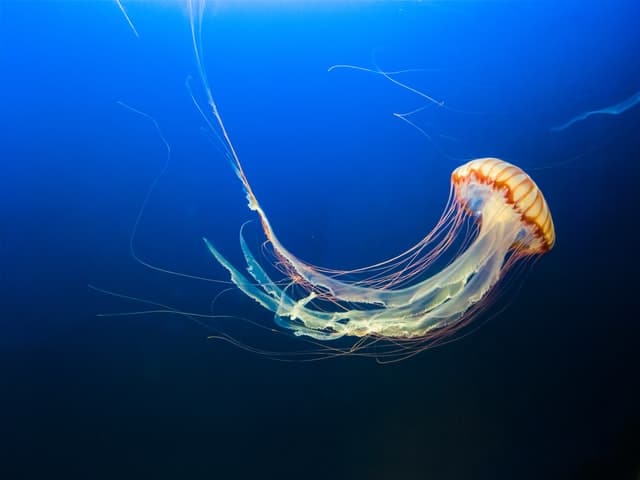
Invertebrates account for 97% of all animals on the planet. That means vertebrates account for only 3% of all animals on the planet. There are over one million invertebrates that live on Earth.
Types Of Invertebrates In The World
Invertebrates lack a vertebral column, or backbone, unlike cartilaginous or bony vertebrates. They can be classified into three groups:
- Crustaceans: Animals with 10–14 legs, four antennae, and two body parts. There are over 52,000 species of crustaceans in the world, including popular marine animals such as lobsters, crabs, shrimp, and crayfish.
- Insects: The most numerous group of invertebrates. They have six legs, two antennae, and three body parts. There are an estimated 10 quintillion individual insects on the planet.
- Arachnids: Animals with eight legs, no antennae, and two body parts. They are part of a class of arthropods with approximately 100,000 different species.
How Many Birds Are In The World?

Approximately 10,824 species of birds exist worldwide, and the estimated number of birds on Earth ranges between 50 billion and 430 billion.
Types Of Birds In The World
Types of birds can be divided into three categories, including:
- Albatrosses: Water-floating birds, including ducks, seagulls, swans, and albatrosses. There are at least 29 different kinds of ducks in the world.
- Sparrow Birds: Birds that are small in size and can fly easily, unlike albatrosses. Some examples of sparrow birds include parrots, crows, and pigeons. There are around 40 different species of sparrow birds globally.
- Accipitridae: These birds have a hawk-like appearance and include vultures, eagles, and hawks, among others. There are more than 200 species of the Accipitridae family. This family includes swift, strong raptors that hunt other animals for food and are active during the day.
Conclusion on How Many Animals Are In The World
We can only use various calculations when estimating how many animals are in the world. However, it is understandable that this figure cannot be 100% accurate. The most accurate estimate of the total number of species on Earth includes 6.5 million species found on land and 2.2 million in the ocean’s depths.
I hope this article provided you with as much information as you can absorb regarding how many distinctive animals are in the world.
Join our Forum for free today!

- These are The 5 Largest Great White Sharks Ever Recorded - July 19, 2024
- The Surprising Benefits of Big Game Hunting - July 18, 2024
- $100k+ Hunting Experiences The Most Expensive Animals to Pursue - July 17, 2024

